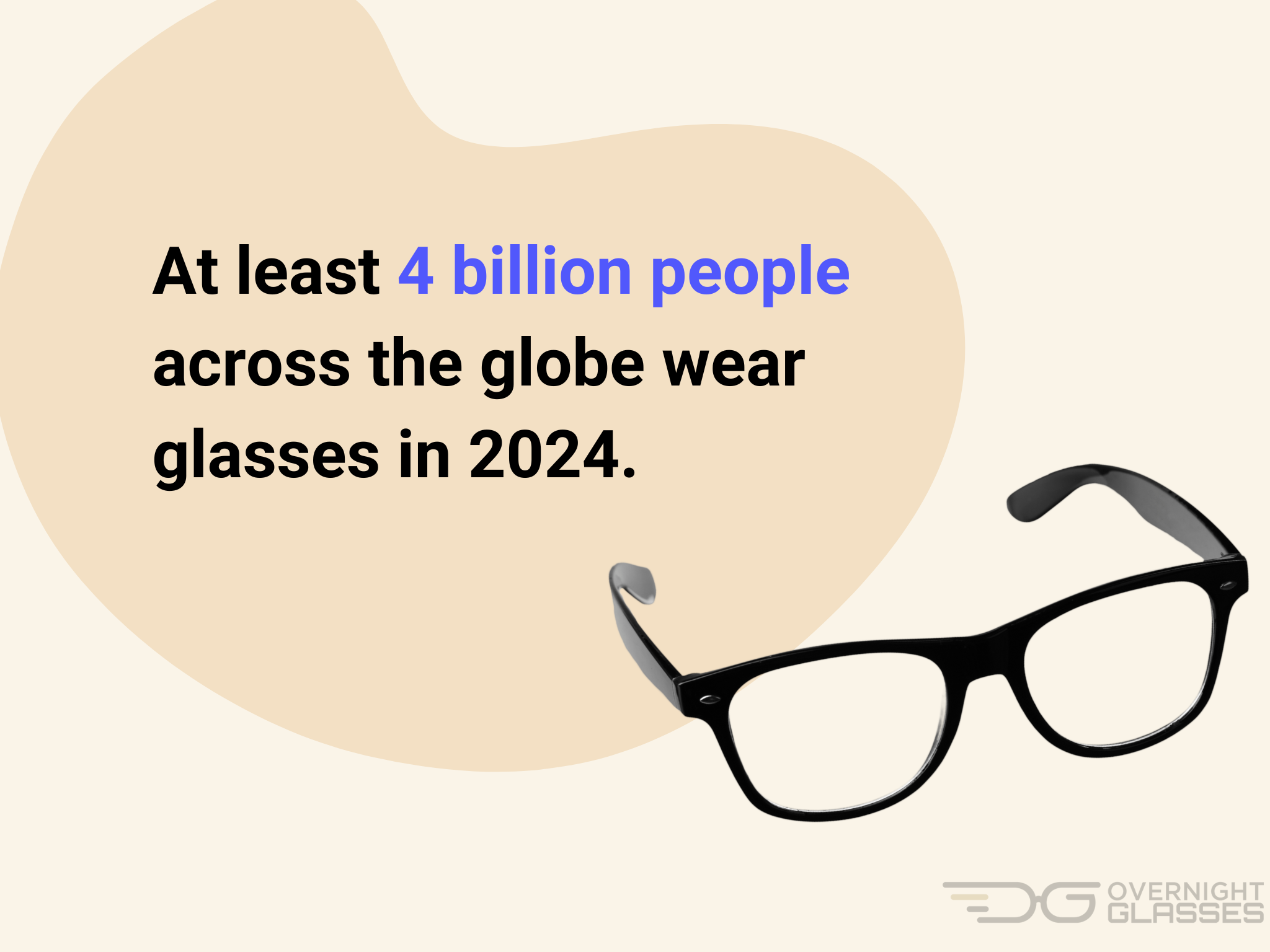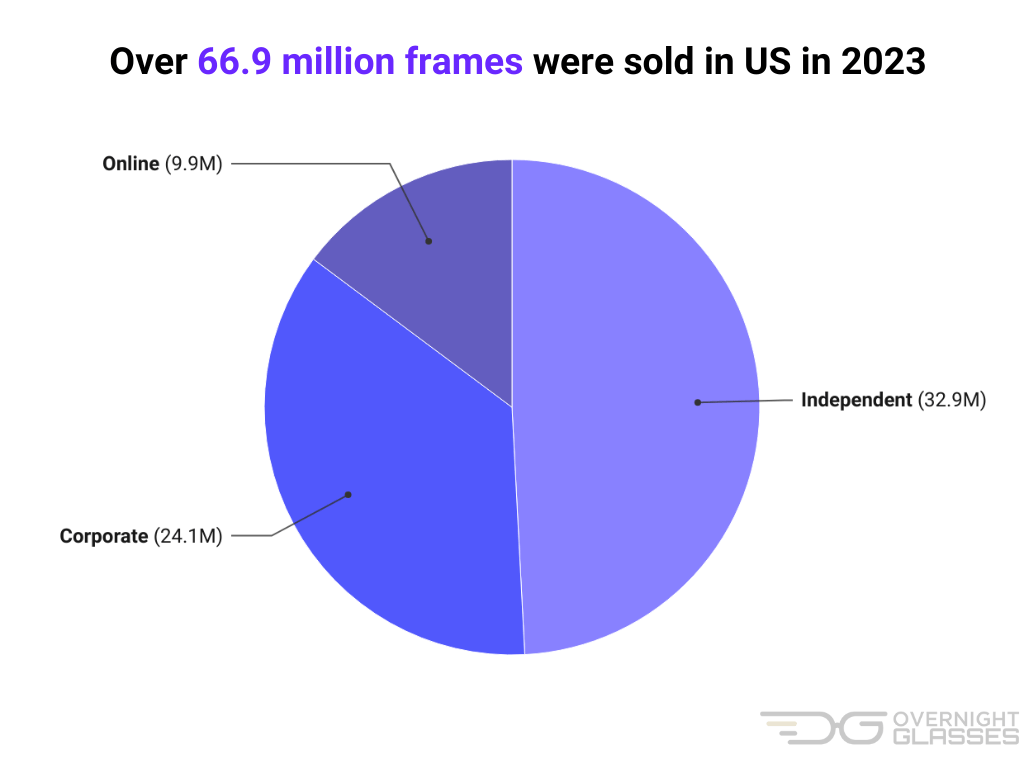- Next Day Service
- Free Shipping + Returns
- Satisfaction Guarantee

- 0
-
Help
-
Help Center
- How to Order
- Virtual Try-on
- How to Measure Frame Size
- How to Read Your Prescription
- Pick Frames For Your Face Shape
- Fast Shipping Services
- Track Your Order
- Tips & Guides
- Returns Policy
- Help & FAQ
- Start a live chat
-
855-830-3339
(Mon-Friday, 9:30am-6:00pm Sat-Sun, 9:00am-1:00pm PST) - Support@OvernightGlasses.com
-
- My Account
- MY ACCOUNT
- WISHLIST
- eyeglasses
- Prescription Sunglasses
-
-
Premium Brands
- Ray-Ban Prescription Glasses
- Calvin Klein Prescription Glasses
- Coach Prescription Glasses
- Prada Prescription Glasses
- Oakley Prescription Glasses
- Tory Burch Prescription Glasses
- Nike Prescription Glasses
- Emporio Armani Prescription Glasses
- Armani Exchange Prescription Glasses
- Versace Prescription Glasses
- Capri Prescription Glasses
- Michael Kors Prescription Glasses
- Persol Prescription Glasses
- Silhouette Prescription Glasses
- Flexon Prescription Glasses
- Lacoste Prescription Glasses
- Miu Miu Prescription Glasses
- Burberry Prescription Glasses
- Simply Lite Prescription Glasses
- Autoflex Prescription Glasses
- Modern Optical Prescription Glasses
- Ferragamo Prescription Glasses
- Grande Prescription Glasses
- Hugo Boss Prescription Glasses
- Kate Spade Prescription Glasses
- Jimmy Choo Prescription Glasses
- Arnette Prescription Glasses
- Vogue Prescription Glasses
- Undergram Prescription Glasses
-
Premium Brands
- Blue Light Glasses
- Sale And Specials
- Glasses With Insurance
- SPECIALS
- Lens Replacement
- next day glasses
Home » Eyewear Industry Statistics
Home » Eyewear Industry Statistics









